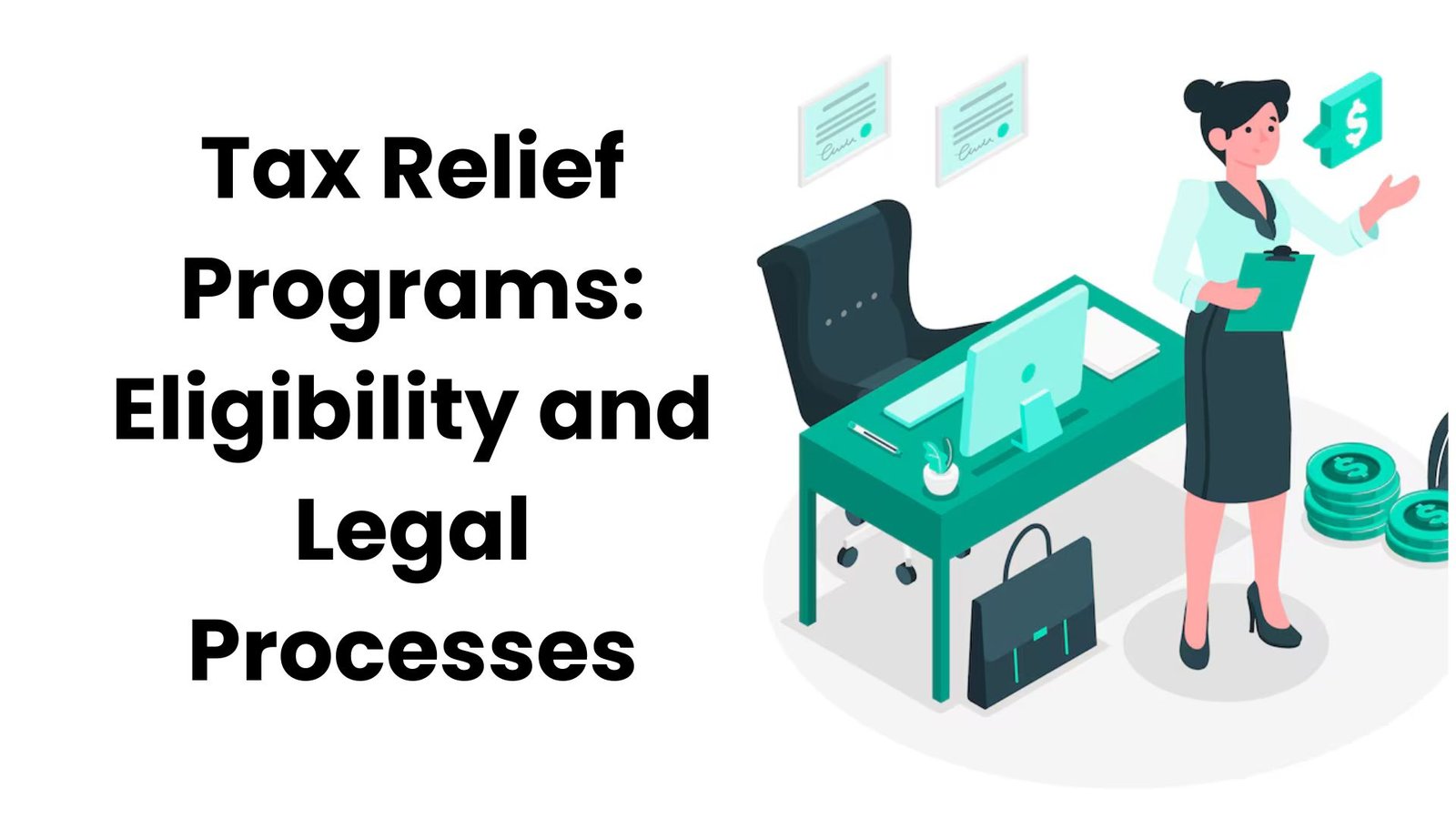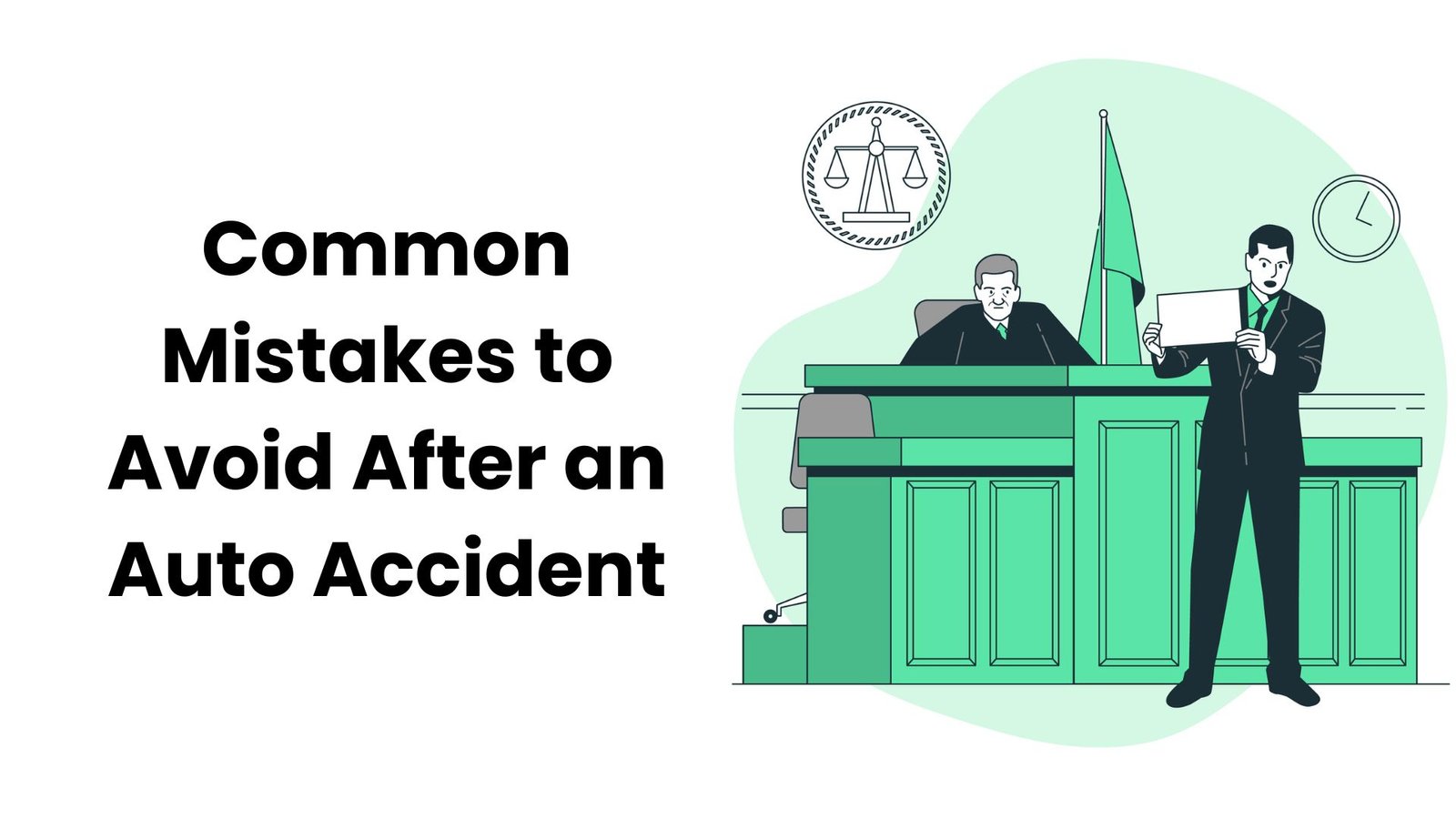Tax Relief Programs: Eligibility and Legal Processes
Navigating Tax Relief Programs: How a Tax Lawyer Can Guide You Through Eligibility and Legal Processes
Introduction
Dealing with tax issues can be overwhelming, especially when facing mounting debts, penalties, or audits. For many individuals and businesses, understanding and accessing tax relief programs is a daunting task.
These programs are designed to help taxpayers manage or reduce their tax liabilities, but navigating the eligibility criteria and legal processes requires expertise.
This is where a seasoned tax lawyer becomes invaluable. With a deep understanding of tax laws and relief options, tax lawyers can assess your situation, determine your eligibility for various programs, and guide you through the legal procedures to achieve the best possible outcome.
In this article, we’ll explore the role of tax lawyers in tax relief, delve into the various programs available, discuss eligibility requirements, and outline the legal processes involved.
Whether you’re an individual taxpayer or a business owner, this guide aims to provide clarity and direction in managing your tax obligations.
Understanding Tax Relief Programs
Tax relief programs are initiatives by the government, primarily through the Internal Revenue Service (IRS), to assist taxpayers who are unable to pay their tax debts in full. These programs aim to provide financial relief, prevent severe penalties, and encourage compliance.
Common Tax Relief Options
-
Offer in Compromise (OIC): Allows taxpayers to settle their tax debt for less than the full amount owed if they can demonstrate financial hardship.
-
Installment Agreements: Enables taxpayers to pay their debt over time through monthly payments.
-
Currently Not Collectible (CNC) Status: Temporarily halts collection activities if the taxpayer cannot pay due to financial hardship.
-
Penalty Abatement: Removes or reduces penalties for taxpayers who can show reasonable cause for non-compliance.
-
Innocent Spouse Relief: Provides relief to individuals who filed joint returns and are not responsible for their spouse’s tax debt.
Each program has specific eligibility criteria and requires a thorough understanding of the legal processes involved.
Tax Relief Programs: Eligibility and Legal Processes
The Role of a Tax Lawyer in Tax Relief
A tax lawyer specializes in tax law and is equipped to handle complex tax issues. Their role in tax relief includes:
-
Assessment: Evaluating your financial situation to determine the most suitable relief program.
-
Eligibility Determination: Analyzing whether you meet the criteria for specific programs.
-
Documentation: Preparing and submitting necessary forms and supporting documents.
-
Negotiation: Communicating with the IRS on your behalf to negotiate terms.
-
Representation: Representing you in hearings or court proceedings if necessary.
By leveraging their expertise, tax lawyers can navigate the intricate legal processes and increase the likelihood of a favorable outcome.
Eligibility Criteria for Tax Relief Programs
Understanding the eligibility requirements is crucial before applying for any tax relief program. Here’s a breakdown of the criteria for some common programs:
Offer in Compromise (OIC)
-
Financial Hardship: Demonstrate that paying the full tax debt would cause significant financial hardship.
-
Compliance: Must be current with all filing and payment requirements.
-
No Open Bankruptcy: Cannot be in an open bankruptcy proceeding.
Installment Agreements
-
Debt Amount: Generally available for taxpayers who owe less than $50,000.
-
Ability to Pay: Must show the ability to make monthly payments.
-
Compliance: Must have filed all required tax returns.
Currently Not Collectible (CNC) Status
-
Financial Analysis: Provide detailed financial information showing inability to pay.
-
Compliance: Must be current with all filing requirements.
Penalty Abatement
-
Reasonable Cause: Must provide a valid reason for failing to comply, such as illness or natural disasters.
-
First-Time Penalty Abatement: Available for taxpayers with a clean compliance history.
Meeting these eligibility criteria often requires meticulous documentation and a clear understanding of IRS expectations, areas where a tax lawyer can provide significant assistance.
Legal Processes Involved in Tax Relief
Applying for tax relief involves several legal processes, including:
-
Application Submission: Completing and submitting the appropriate forms, such as Form 656 for OIC.
-
Financial Disclosure: Providing detailed financial statements, including income, expenses, assets, and liabilities.
-
IRS Review: The IRS evaluates the application, which may involve additional requests for information.
-
Negotiation: Engaging in discussions with the IRS to reach agreeable terms.
-
Agreement Execution: Finalizing the relief agreement, which may include payment plans or settlement terms.
These processes can be complex and time-consuming. A tax lawyer ensures that each step is handled correctly, reducing the risk of errors that could lead to denial or delays.
Real-World Examples
To illustrate the impact of tax relief programs and the role of tax lawyers, consider the following scenarios:
Case Study 1: Offer in Compromise Success
John, a self-employed contractor, faced a tax debt of $60,000 due to underreported income. Unable to pay the full amount, he consulted a tax lawyer who assessed his financial situation and determined he qualified for an OIC. The lawyer prepared the necessary documentation, negotiated with the IRS, and successfully settled the debt for $15,000, payable over 24 months.
Case Study 2: Penalty Abatement Achievement
Sarah, a small business owner, incurred penalties for late tax filings due to a medical emergency. A tax lawyer helped her apply for penalty abatement by providing medical records and a detailed explanation of her circumstances. The IRS approved the abatement, waiving $5,000 in penalties.
These examples demonstrate how professional legal assistance can lead to significant financial relief and stress reduction.
Conclusion
Navigating the complexities of tax relief programs requires a thorough understanding of eligibility criteria and the associated legal processes. A qualified tax lawyer serves as a valuable ally, guiding you through each step, ensuring compliance, and advocating on your behalf.
If you’re facing tax challenges, don’t navigate them alone. Consult with a tax lawyer to explore your options and take the first step toward financial relief and peace of mind.



